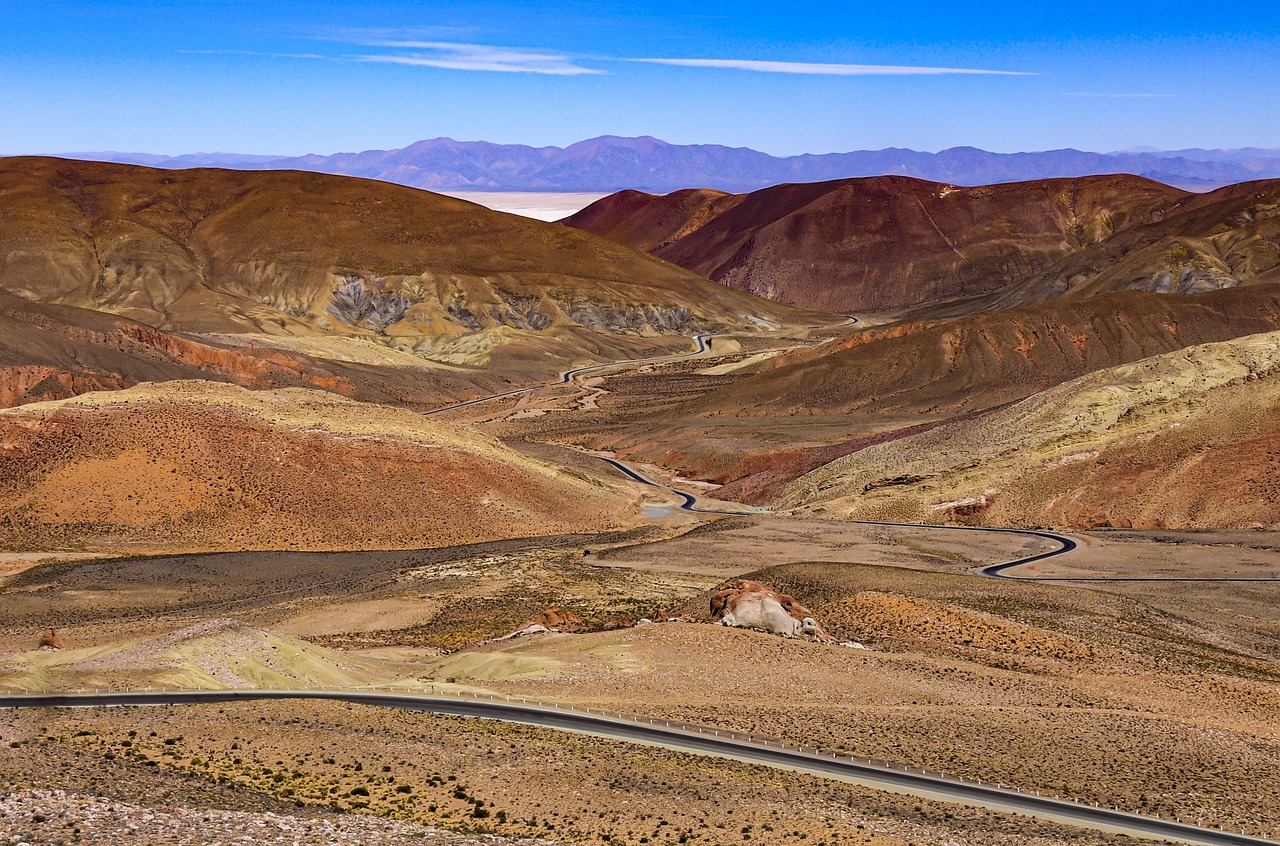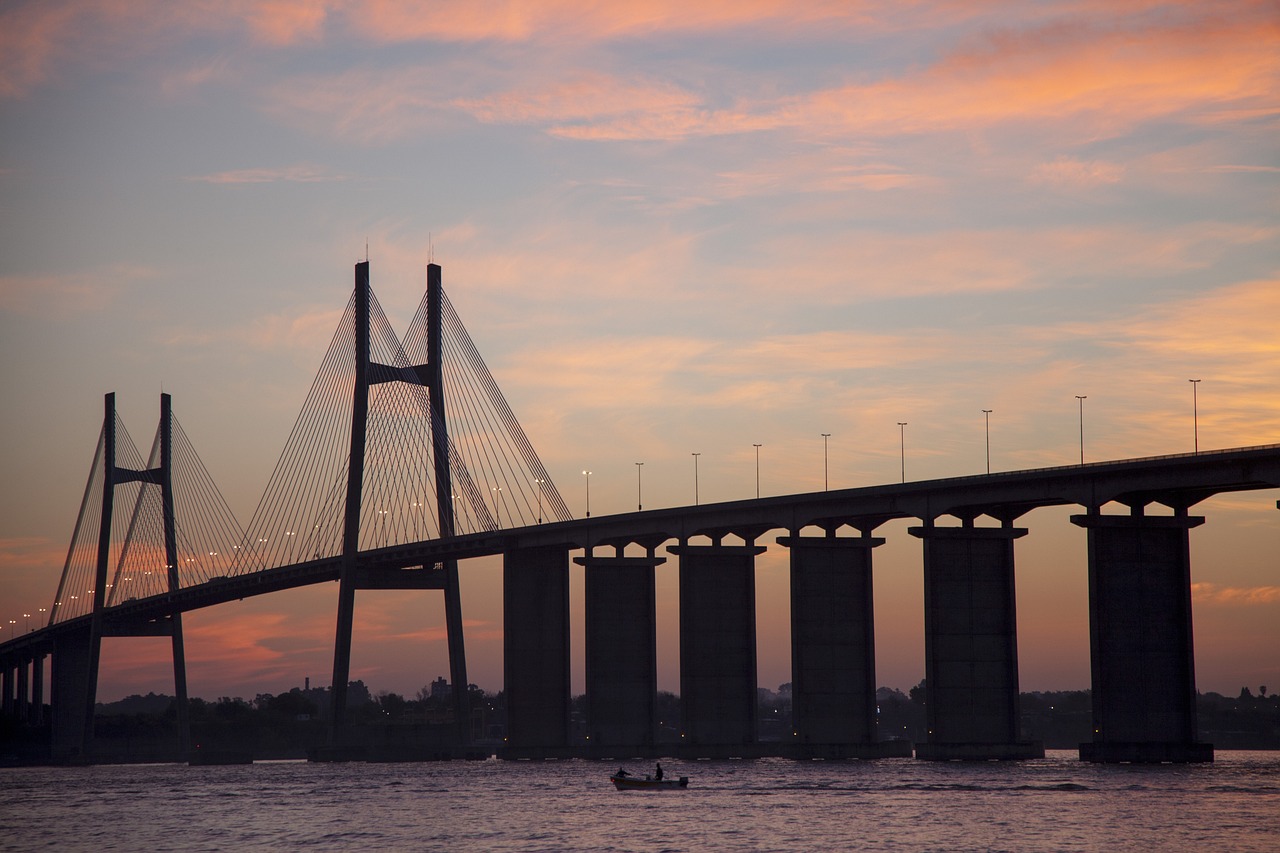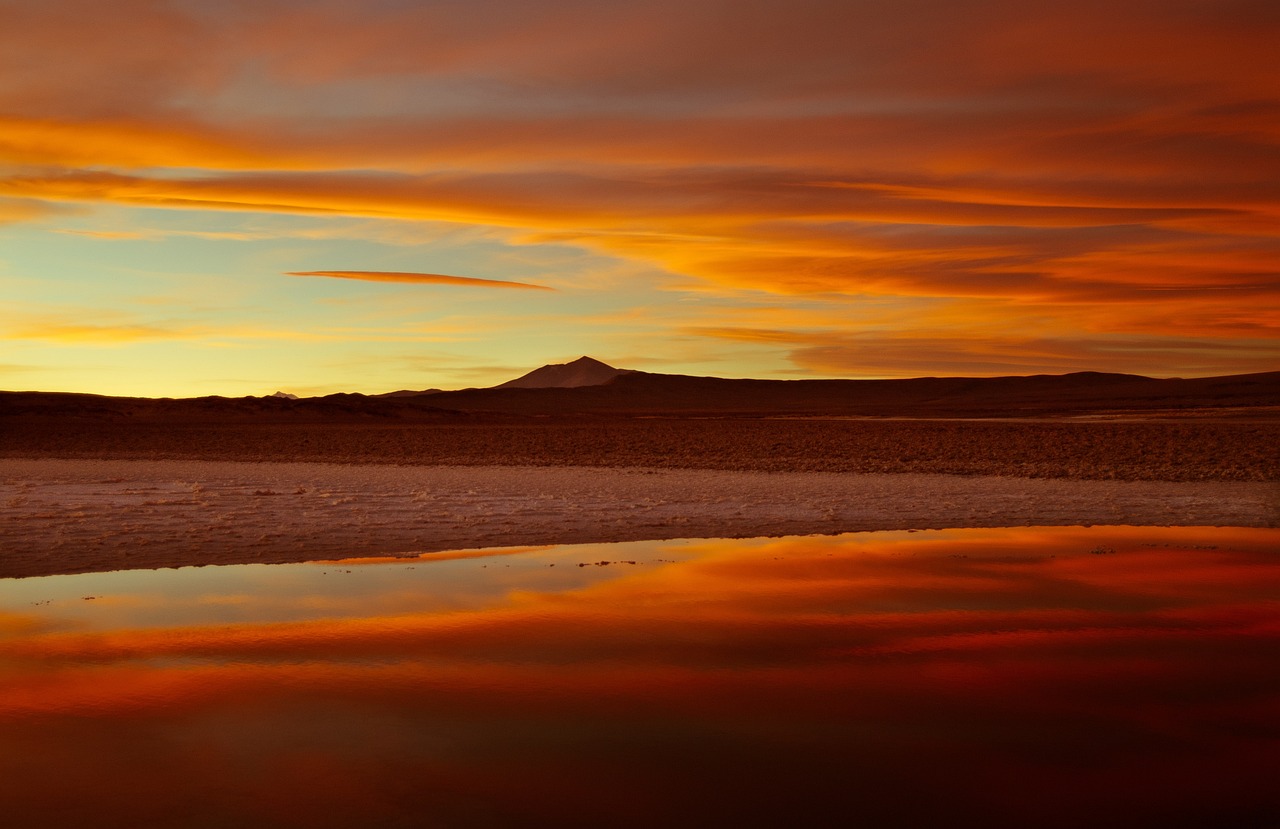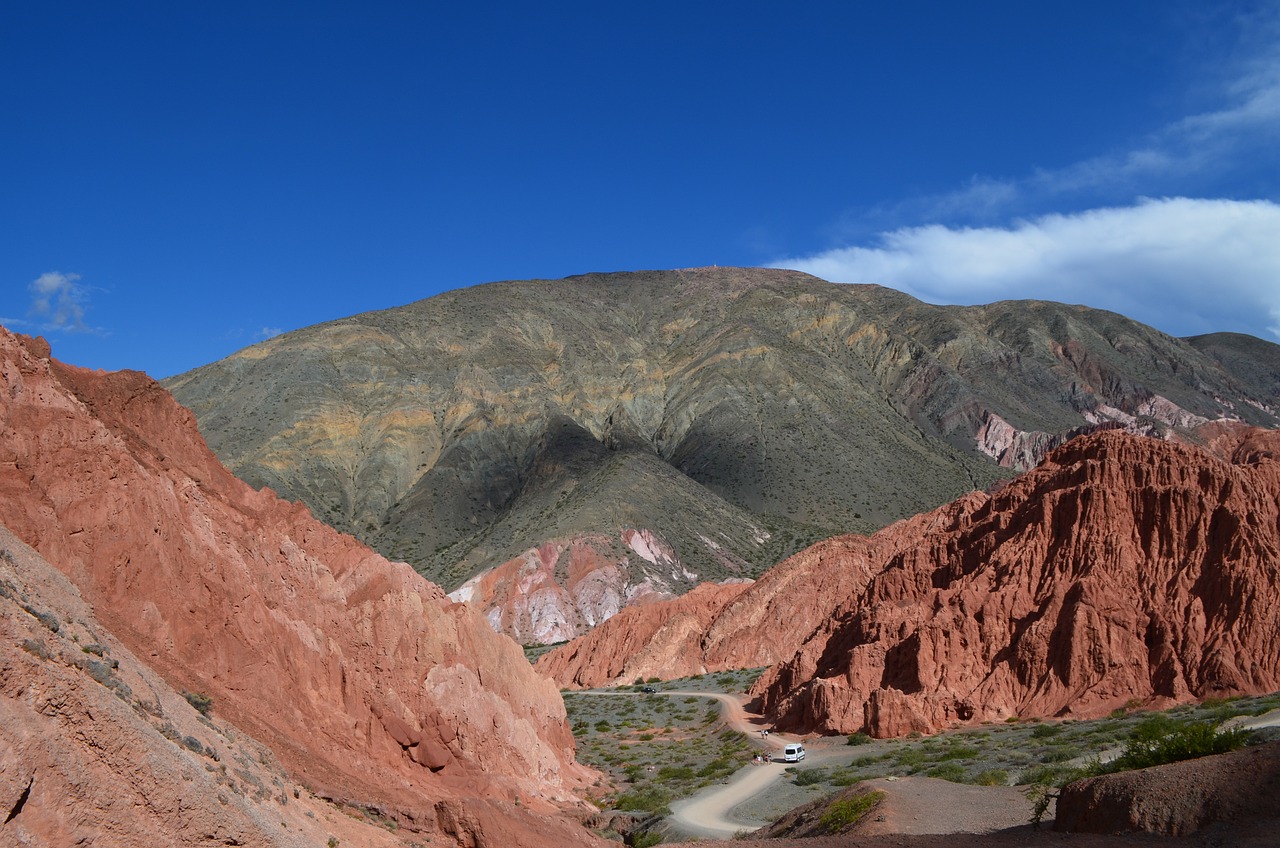Argentina Video
The Stunning Geography of Argentina
Argentina, the eighth-largest country in the world, is known for its diverse and stunning geography. From the towering peaks of the Andes Mountains to the vast plains of the Pampas, Argentina offers a breathtaking range of landscapes. Let’s explore the incredible geography of this South American gem.
Section 1: The Andes Mountains
The Andes Mountains run along the western border of Argentina, forming a natural barrier between the country and its neighboring countries. This majestic mountain range is home to several peaks over 20,000 feet, including Aconcagua, the highest peak in the Western Hemisphere. The Andes offer incredible opportunities for hiking, mountaineering, and skiing, attracting adventurers from around the world.
- The Andes Mountains are part of the Pacific Ring of Fire, a region known for its volcanic activity and earthquakes.
- The Andes provide a natural boundary between Argentina and Chile, with several border crossings for travelers.
- The region is rich in mineral resources, including copper, gold, and silver.
- Glaciers, such as the Perito Moreno Glacier, can be found in the southern section of the Andes.
Section 2: The Pampas
The Pampas is a vast fertile plain that covers a significant portion of Argentina. This region is known for its agricultural productivity, with vast fields of wheat, corn, and soybeans. The Pampas also supports a thriving livestock industry, making Argentina one of the world’s largest producers of beef. The flat landscape of the Pampas offers a stark contrast to the rugged mountains of the Andes.
- The Pampas is home to the gaucho, the traditional Argentine cowboy, who herds cattle across the vast grasslands.
- The region experiences a temperate climate with hot summers and mild winters, ideal for agriculture.
- The wetlands of the Pampas, known as the Esteros del Iberá, provide a habitat for diverse wildlife, including capybaras, marsh deer, and over 350 bird species.
- The city of Buenos Aires, Argentina’s capital, is located in the northeastern part of the Pampas.
Section 3: The Iguazu Falls
Located in the northeastern corner of Argentina, the Iguazu Falls are a true natural wonder. Spanning the border between Argentina and Brazil, these magnificent waterfalls are one of the most spectacular sights in the world. With over 275 individual falls, including the awe-inspiring Devil’s Throat, the Iguazu Falls attract visitors from all corners of the globe.
- The Iguazu Falls are surrounded by lush rainforest, home to a diverse array of plant and animal species.
- The falls are a UNESCO World Heritage Site and have been named one of the New Seven Wonders of Nature.
- Visitors can explore the falls from various viewpoints, take boat rides to experience the power of the cascades, or even embark on a thrilling helicopter tour.
- The nearby town of Puerto Iguazu offers accommodations and amenities for visitors to the falls.
Section 4: The Patagonian Steppe
Stretching across southern Argentina, the Patagonian Steppe is a vast desert-like region characterized by its arid climate and sparse vegetation. This unique landscape is home to a variety of wildlife, including guanacos, rheas, and the iconic Andean condor. The Patagonian Steppe offers a sense of tranquility and solitude that is unmatched.
- The region is known for its strong winds, which can create dramatic sandstorms and make outdoor activities challenging.
- Mount Fitz Roy, located in the southern Andes, is a popular destination for hikers and climbers exploring the Patagonian Steppe.
- The Peninsula Valdes, a UNESCO World Heritage Site, is a wildlife reserve in Patagonia known for its diverse marine life, including penguins, sea lions, and orcas.
- The town of El Calafate serves as a gateway to the stunning glaciers of the Patagonian Steppe, such as the Perito Moreno Glacier.
Section 5: The Lake District
Nestled in the Andes Mountains, the Lake District of Argentina is a picturesque region known for its crystal-clear lakes, snow-capped peaks, and charming alpine villages. This area offers a perfect blend of outdoor adventure and relaxation, with opportunities for hiking, fishing, boating, and simply enjoying the stunning natural scenery.
- Bariloche, located on the shores of Lake Nahuel Huapi, is a popular destination for skiing in the winter and outdoor activities in the summer.
- The Seven Lakes Route, a scenic road that connects San Martin de los Andes and Villa La Angostura, offers breathtaking views of the region’s lakes and mountains.
- The Lake District is also home to several national parks, including Nahuel Huapi National Park and Los Arrayanes National Park.
- The region’s Swiss-inspired architecture and delicious chocolate shops add to its charm.
Section 6: The Atlantic Coast
Argentina’s Atlantic Coast stretches for thousands of kilometers, offering a variety of landscapes and attractions. From the bustling city of Mar del Plata to the tranquil beaches of the Peninsula Valdes, the coast provides opportunities for sunbathing, water sports, and wildlife encounters.
- Mar del Plata is Argentina’s most popular beach destination, attracting millions of visitors each year with its wide sandy beaches and vibrant nightlife.
- The Peninsula Valdes is a haven for marine wildlife, including southern right whales, penguins, and elephant seals.
- The coastal city of Puerto Madryn is a gateway to the Peninsula Valdes and serves as a base for whale watching tours.
- The Atlantic Coast is also known for its delicious seafood, with fresh fish and seafood dishes available in coastal towns and cities.
Argentina Image 1:

Section 7: The Mesopotamia
The Mesopotamia region of Argentina is located in the northeastern part of the country, between the Parana and Uruguay rivers. This area is characterized by its subtropical climate, lush rainforests, and abundant waterways. The Mesopotamia is a paradise for nature lovers, with opportunities for wildlife spotting, birdwatching, and eco-tourism.
- The Iberá Wetlands, located in the province of Corrientes, are one of the largest freshwater wetlands in the world and home to a wide variety of animal and plant species.
- The Jesuit Missions of the Guaranis, a UNESCO World Heritage Site, showcases the remains of the Jesuit settlements established in the 17th and 18th centuries.
- The city of Posadas, located on the banks of the Parana River, serves as the gateway to the region and offers a range of accommodations and amenities.
- The Mesopotamia is also known for its vibrant music and dance traditions, including the energetic chamamé.
Section 8: The Wine Regions
Argentina has gained international recognition for its exceptional wines, produced in various wine regions across the country. From the high-altitude vineyards of Mendoza to the cool-climate vineyards of Patagonia, Argentina offers a diverse range of wine-growing regions, each with its own unique characteristics.
- Mendoza is the most famous wine region in Argentina, known for its Malbec wines and stunning vineyard landscapes.
- Other notable wine regions include Salta, known for its Torrontés white wines, and Patagonia, which produces elegant Pinot Noir and Chardonnay wines.
- Wine tourism is popular in Argentina, with visitors having the opportunity to explore vineyards, participate in wine tastings, and learn about the winemaking process.
- The wine regions also offer excellent culinary experiences, with many wineries featuring gourmet restaurants showcasing the region’s local flavors.
Section 9: The Southern Glaciers
In the southernmost region of Argentina, lies a breathtaking display of glaciers. The Southern Glaciers region is home to some of the world’s most awe-inspiring glaciers, including the Perito Moreno Glacier and the Upsala Glacier. These massive ice formations attract visitors who marvel at their beauty and witness the dramatic calving events.
- The Perito Moreno Glacier, located in Los Glaciares National Park, is one of the few advancing glaciers in the world, constantly shifting and creating a mesmerizing spectacle.
- Visitors can take boat tours to get up close to the glaciers or even hike on the ice with the guidance of experienced guides.
- The region’s icy landscapes and pristine beauty make it a paradise for photographers and nature enthusiasts.
- El Calafate, a charming town on the shores of Lake Argentino, serves as the main gateway to the Southern Glaciers region.
Argentina Image 2:

Section 10: The Northwest
The Northwest region of Argentina is known for its rugged mountains, colorful rock formations, and rich indigenous culture. This area offers a unique blend of natural beauty and cultural heritage, with opportunities to explore ancient ruins, visit traditional villages, and experience vibrant local festivals.
- The Quebrada de Humahuaca, a UNESCO World Heritage Site, is a stunning mountain valley known for its vibrant rock formations and traditional Andean villages.
- Salta, the region’s main city, is famous for its colonial architecture and lively peñas, where visitors can enjoy traditional music and dance performances.
- The region is also home to the Train to the Clouds, a scenic railway journey that takes passengers through breathtaking landscapes and reaches an altitude of over 13,000 feet.
- The Northwest region is renowned for its traditional cuisine, including empanadas, locro, and delicious regional wines.
Section 11: Tierra del Fuego
Tierra del Fuego, meaning “Land of Fire,” is a remote and mystical region located at the southern tip of Argentina. This archipelago is known for its dramatic landscapes, including snow-capped mountains, pristine forests, and rugged coastlines. Tierra del Fuego offers a sense of adventure and exploration in a truly unique setting.
- Ushuaia, the southernmost city in the world, serves as the gateway to Tierra del Fuego and offers access to the region’s stunning natural attractions.
- The Beagle Channel, named after Charles Darwin’s ship, provides opportunities for boat tours to observe wildlife, including seals, penguins, and sea lions.
- Tierra del Fuego National Park offers hiking trails through ancient forests, picturesque lakes, and breathtaking viewpoints.
- The region’s subpolar climate and untouched wilderness make it a haven for outdoor enthusiasts and nature lovers.
Argentina Image 3:

Section 12: Conclusion
Argentina’s stunning geography offers a world of wonders to explore. From the towering peaks of the Andes to the vast plains of the Pampas, from the thundering Iguazu Falls to the icy landscapes of the Southern Glaciers, Argentina captivates with its natural beauty and diverse landscapes. Whether you seek adventure, relaxation, or cultural experiences, Argentina has it all. Plan your journey to this remarkable country and immerse yourself in its breathtaking geography.
References:
– National Geographic: www.nationalgeographic.com
– Lonely Planet: www.lonelyplanet.com
– UNESCO World Heritage: whc.unesco.org
– Argentina Tourism: www.argentina.travel


